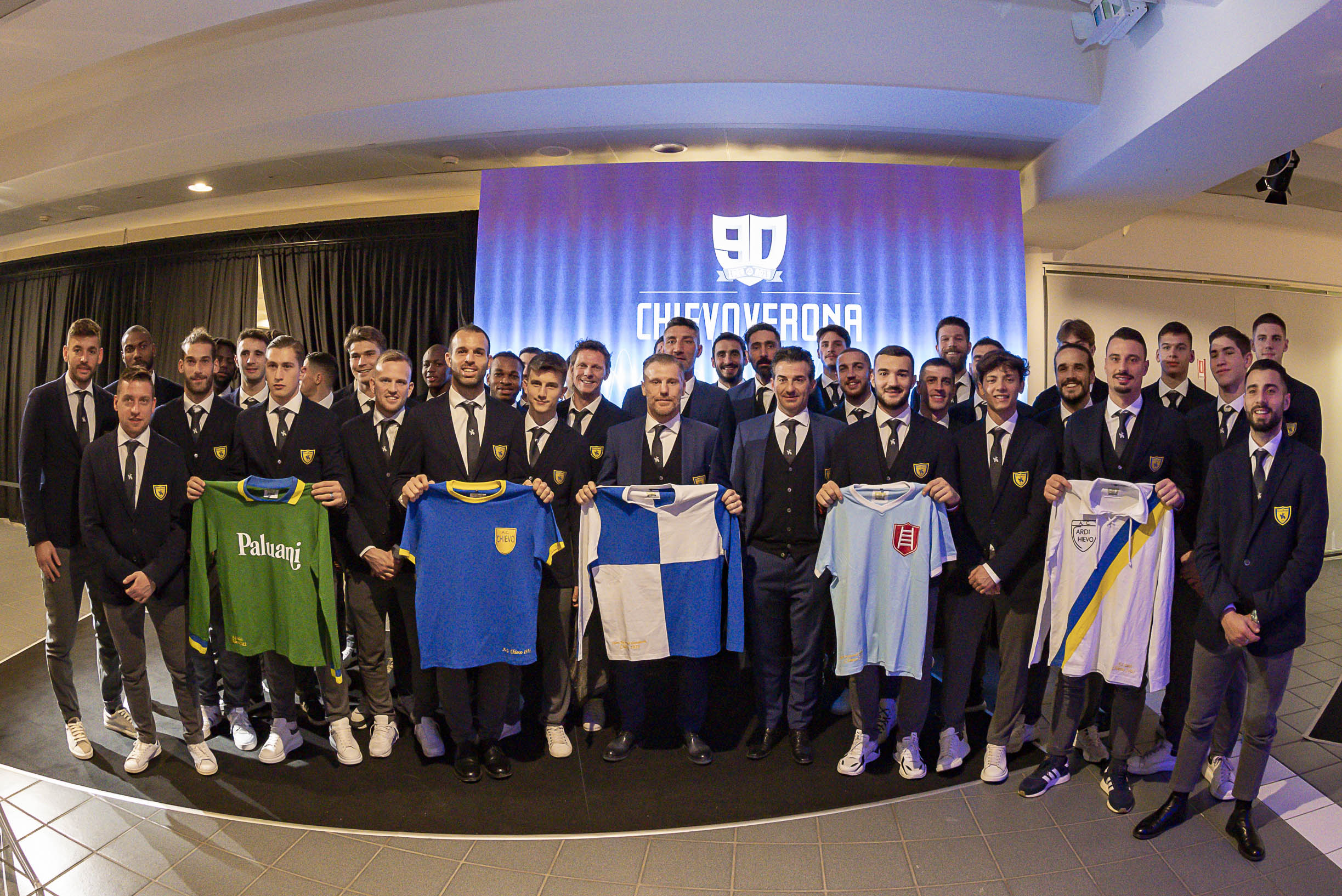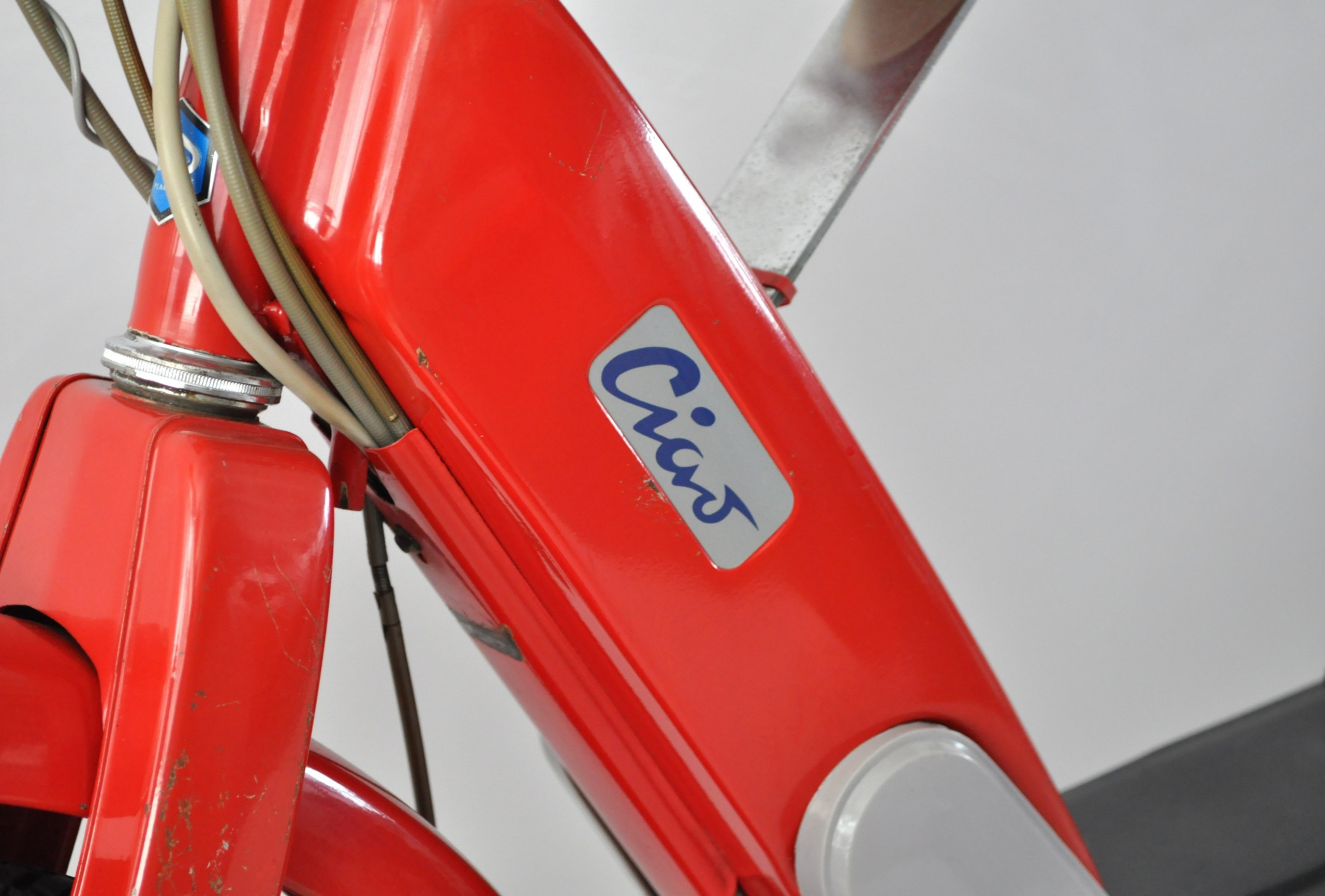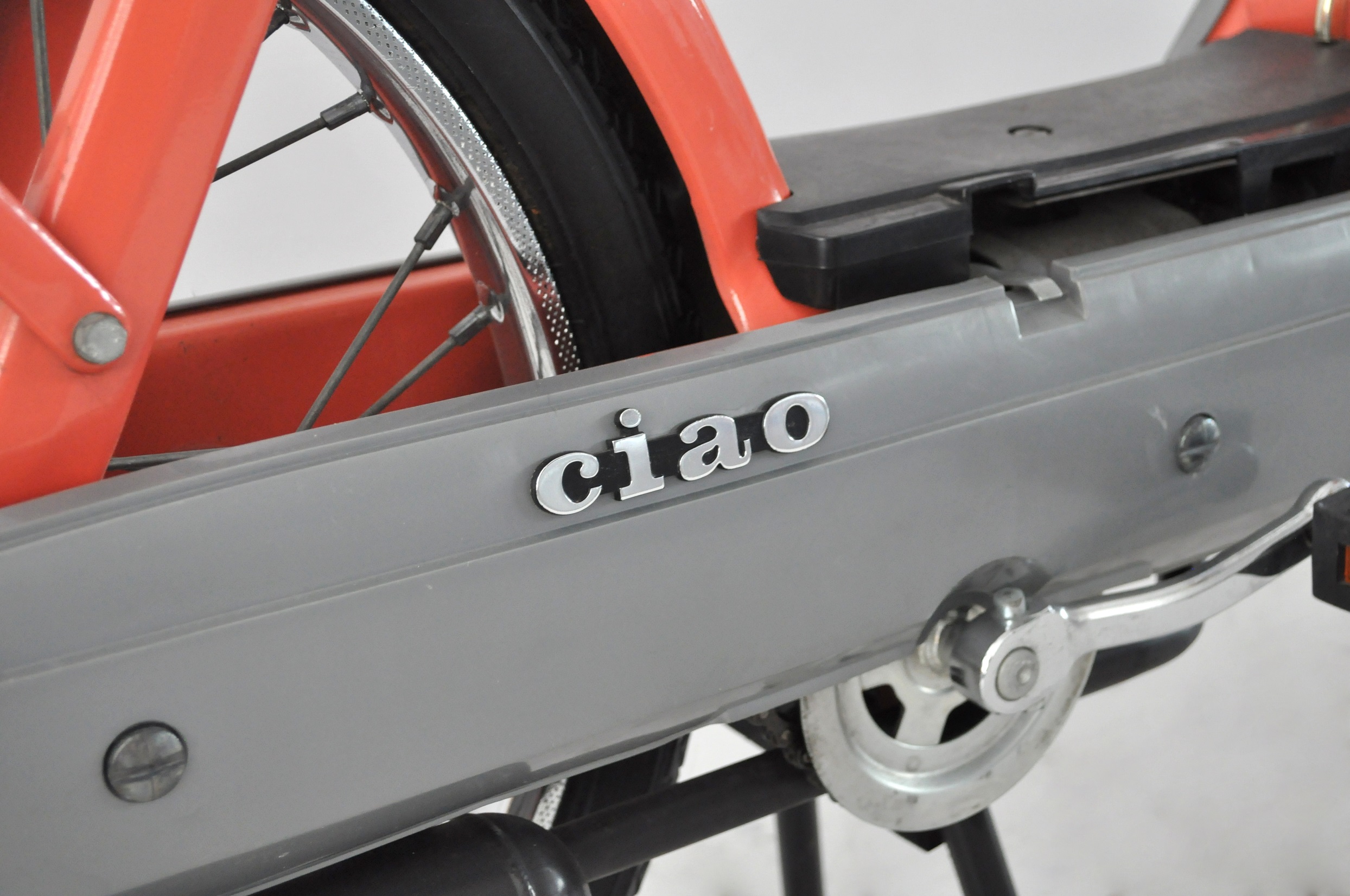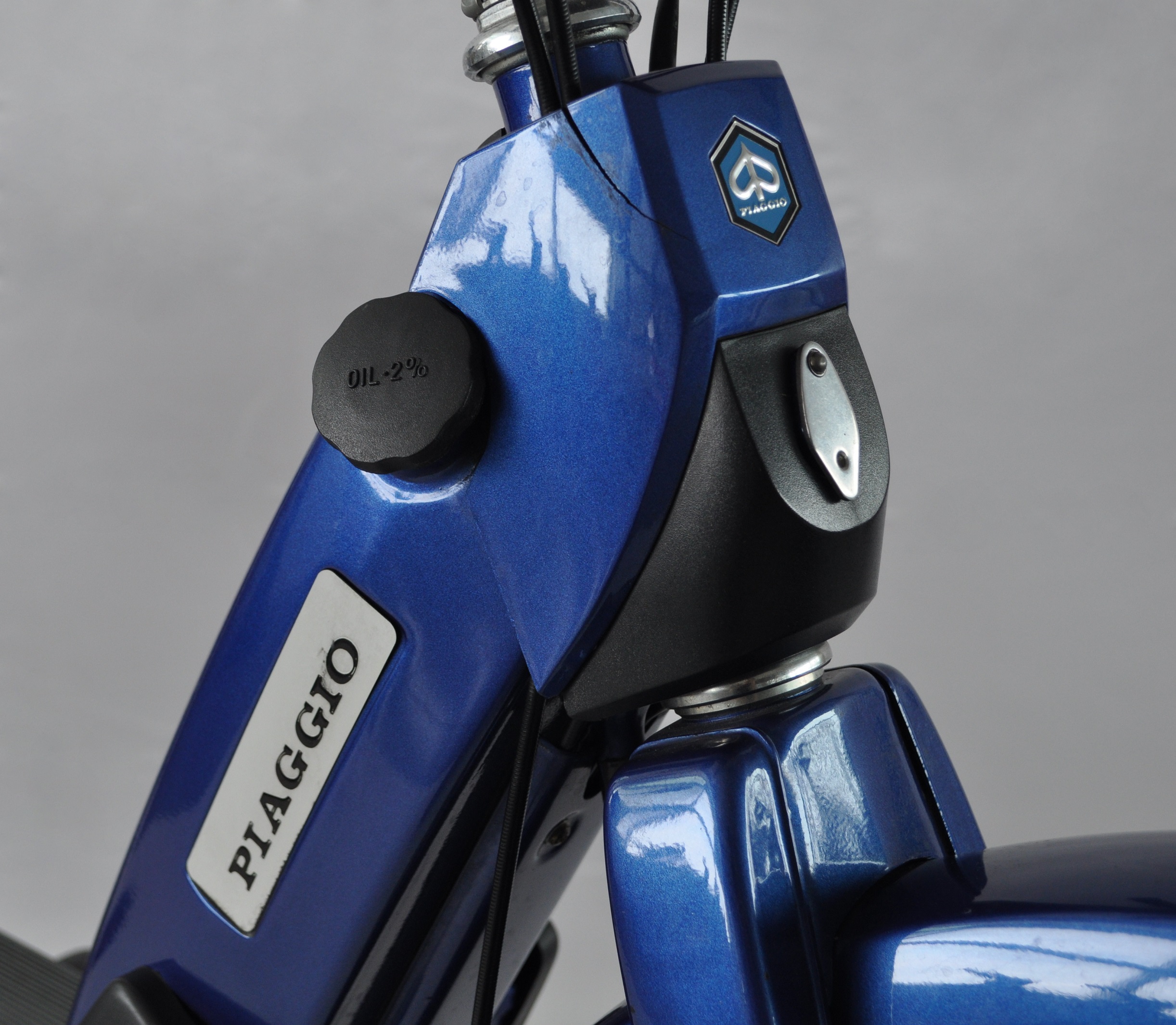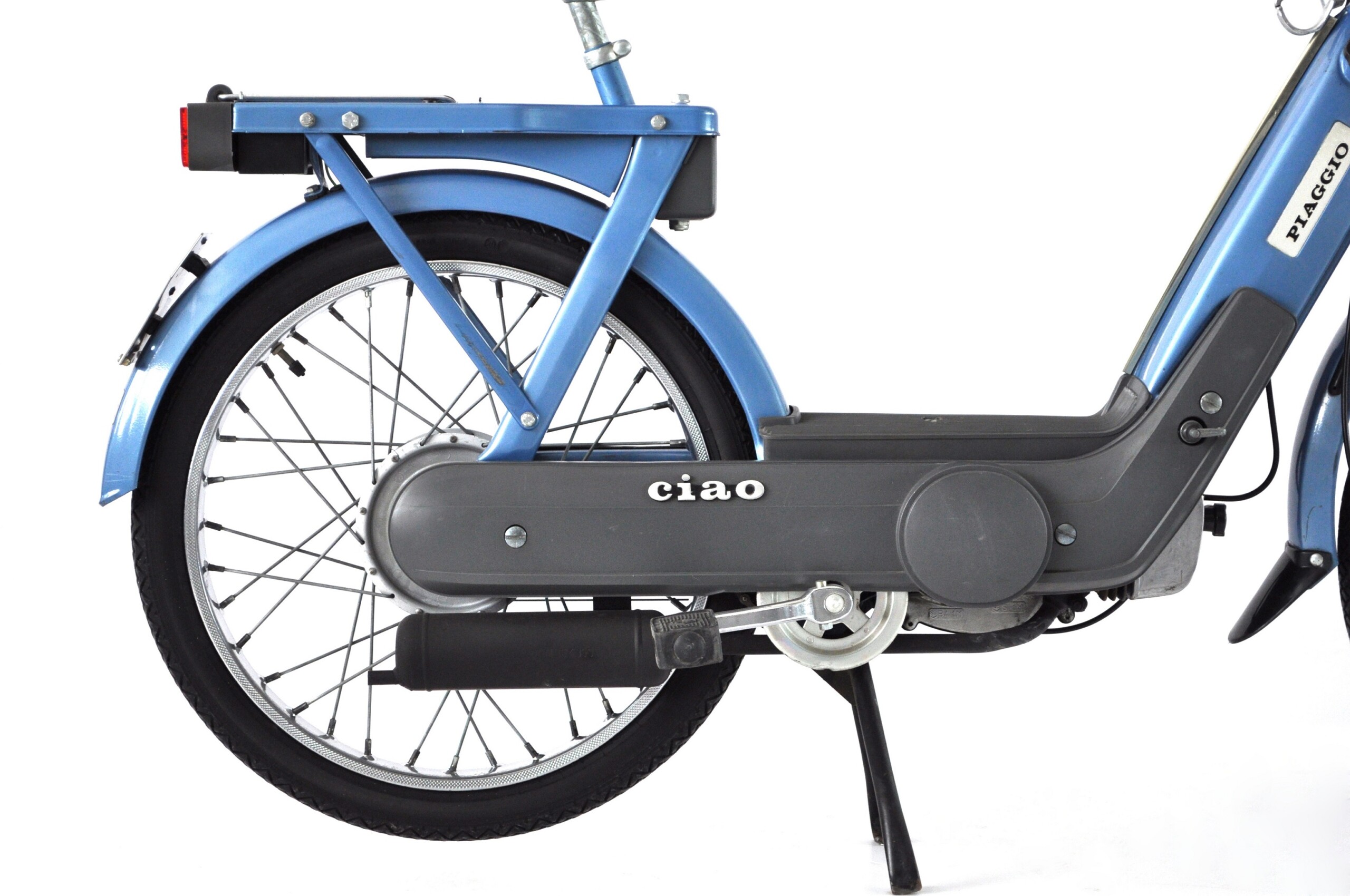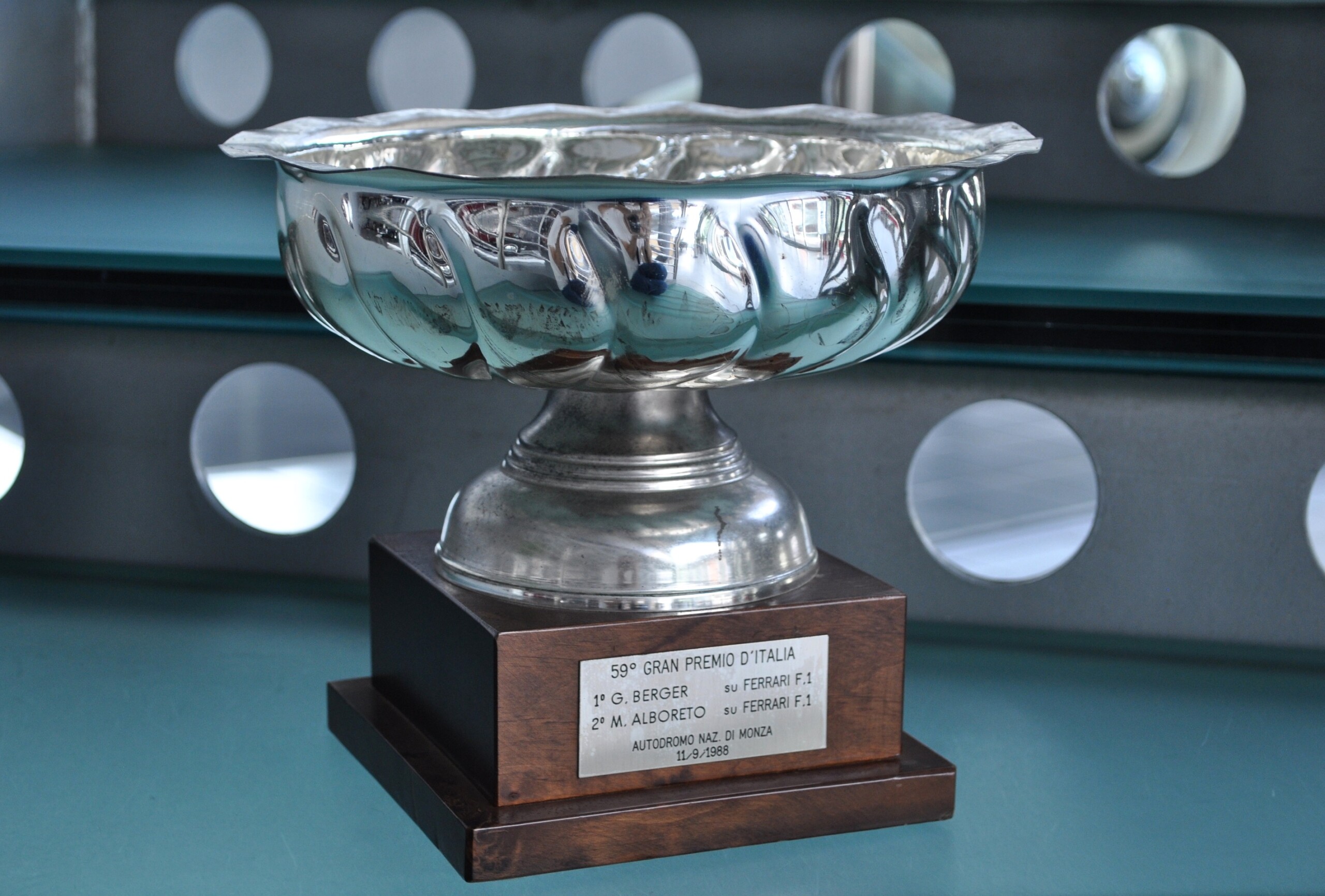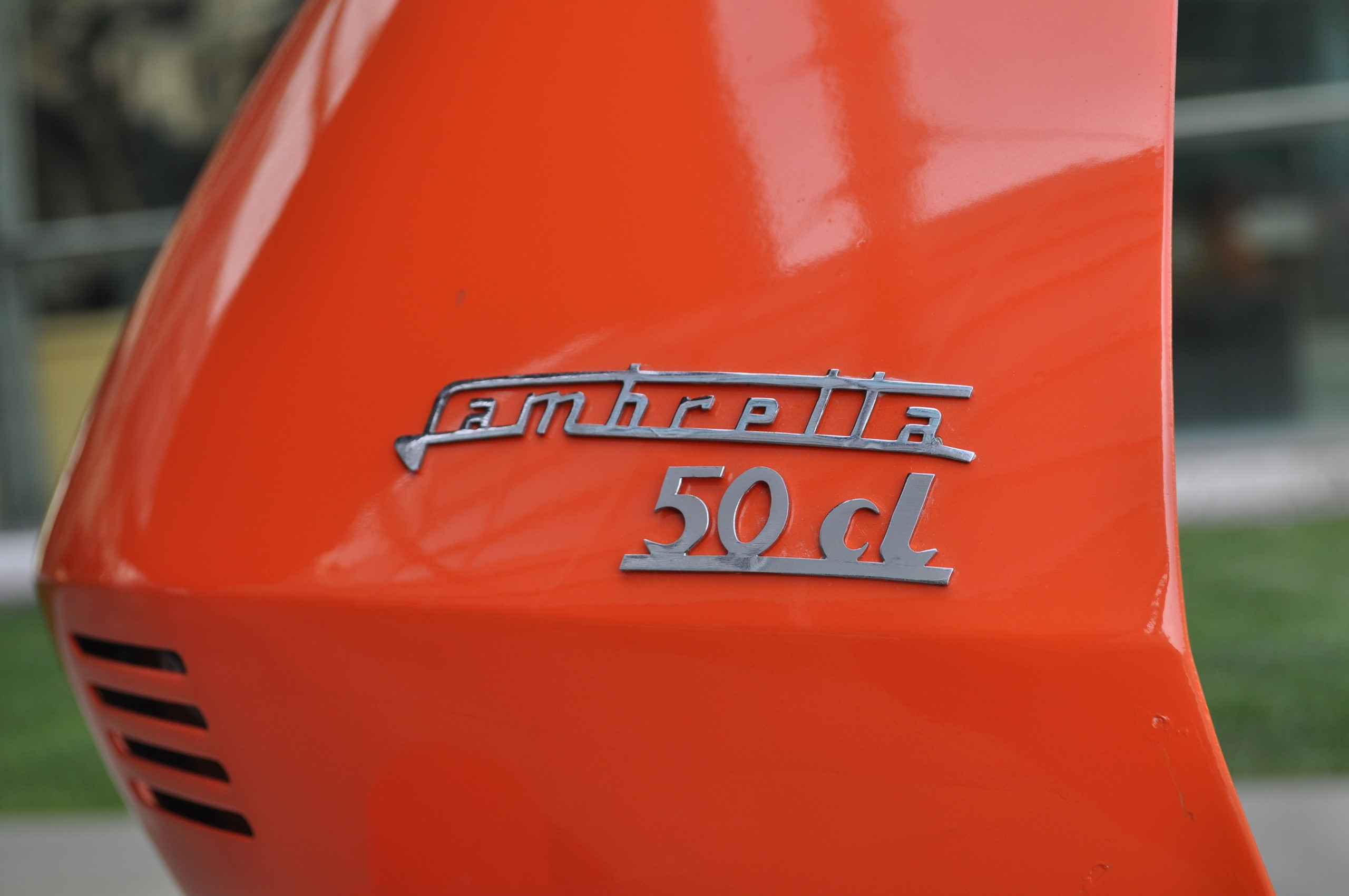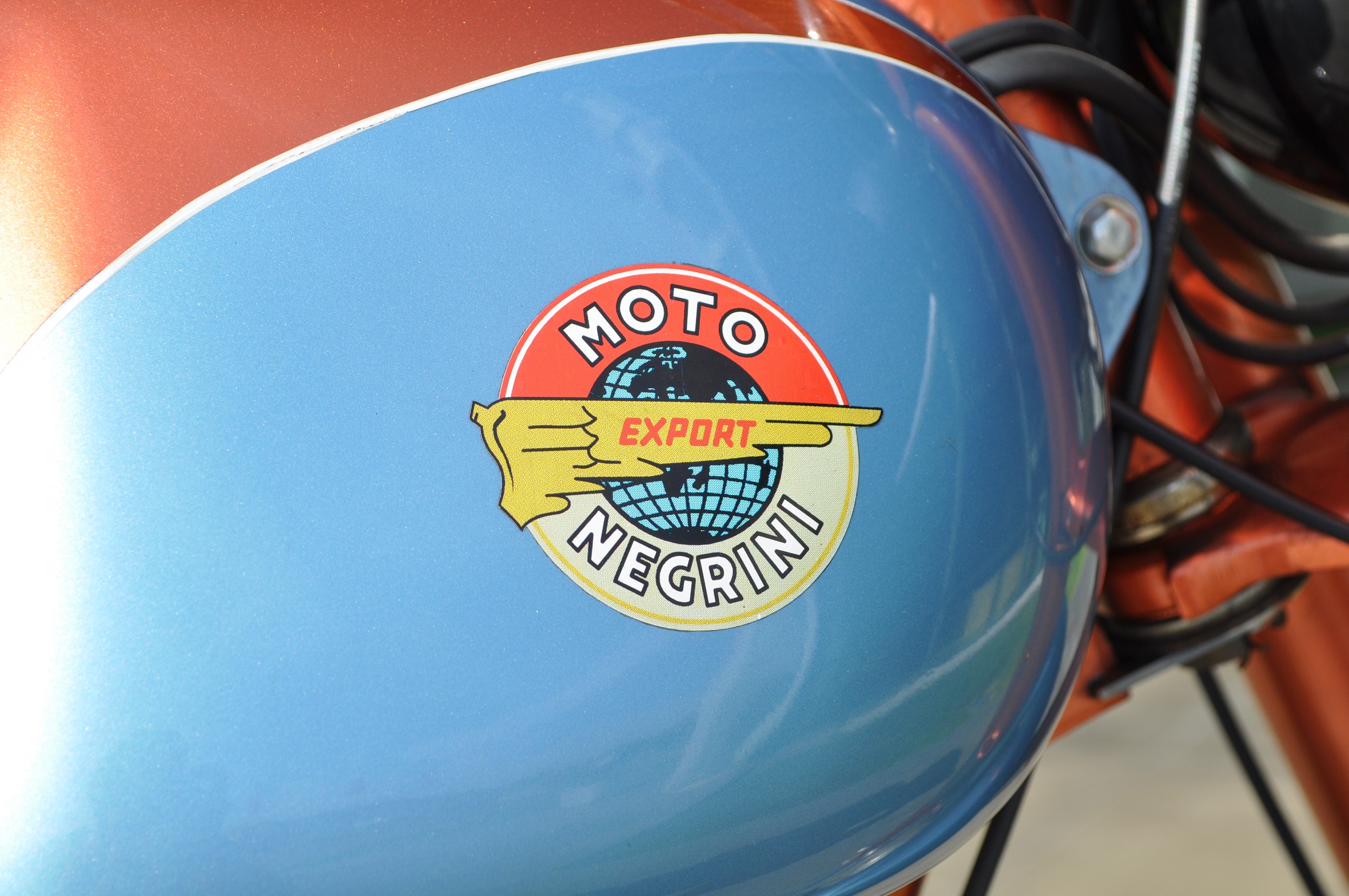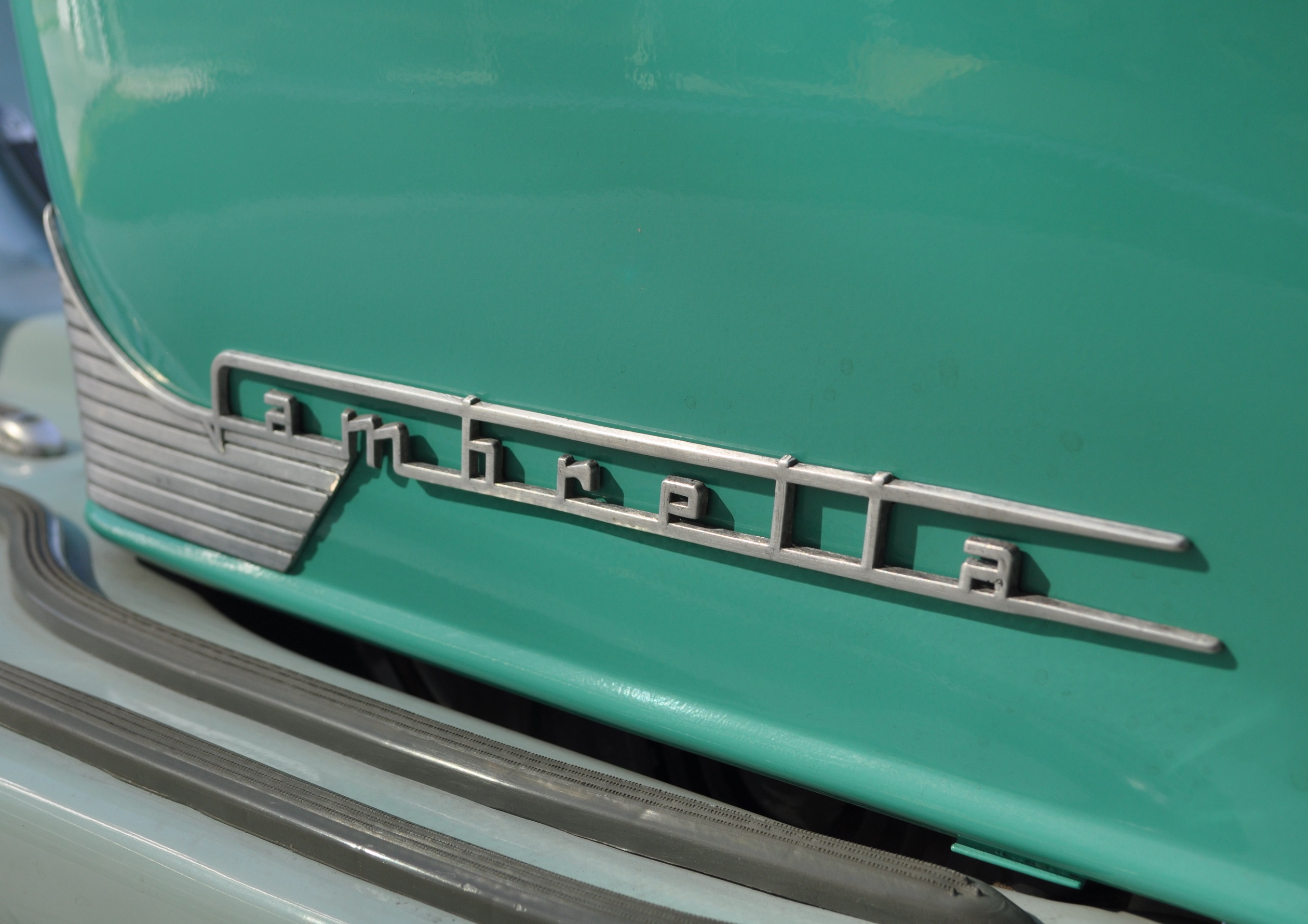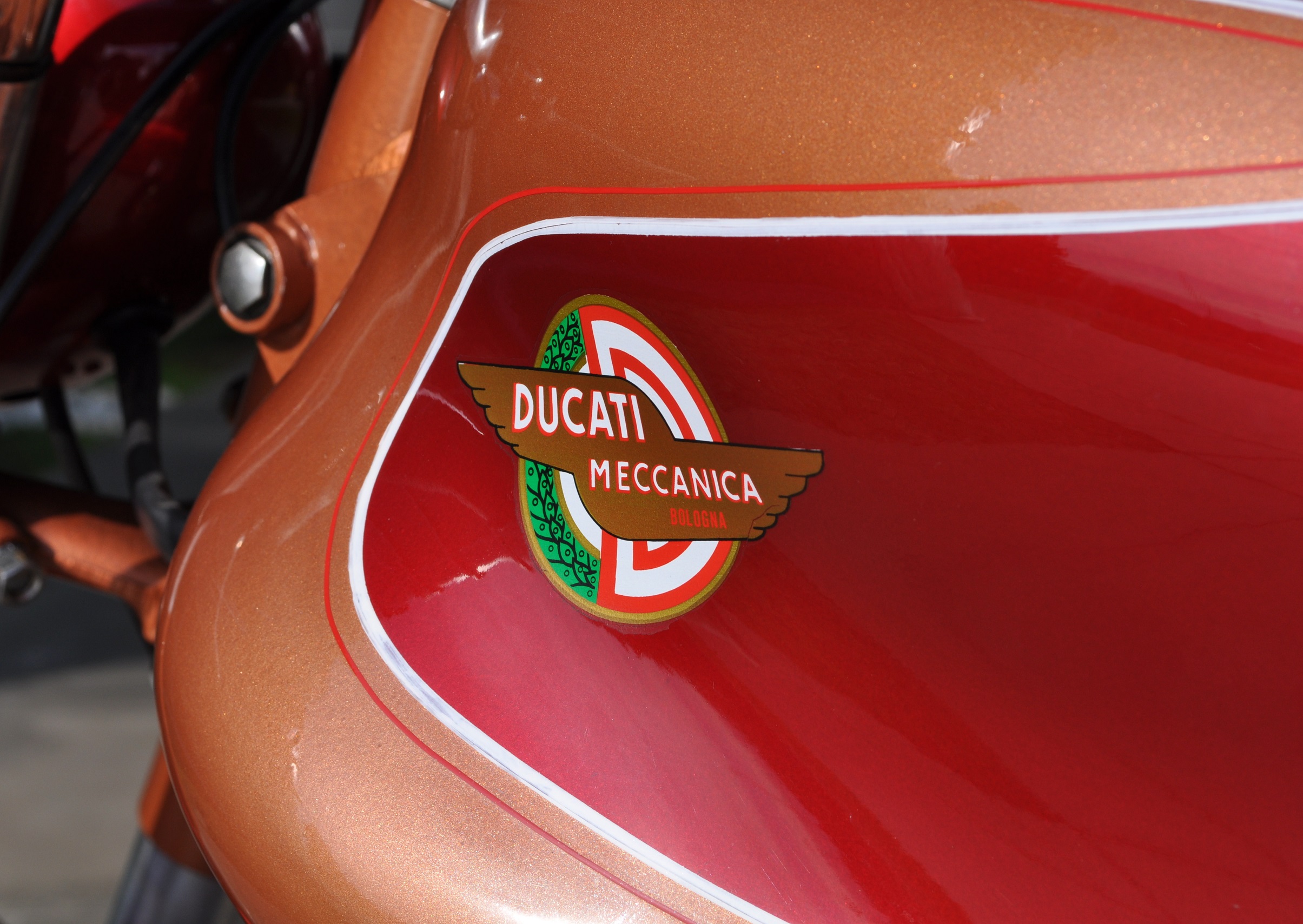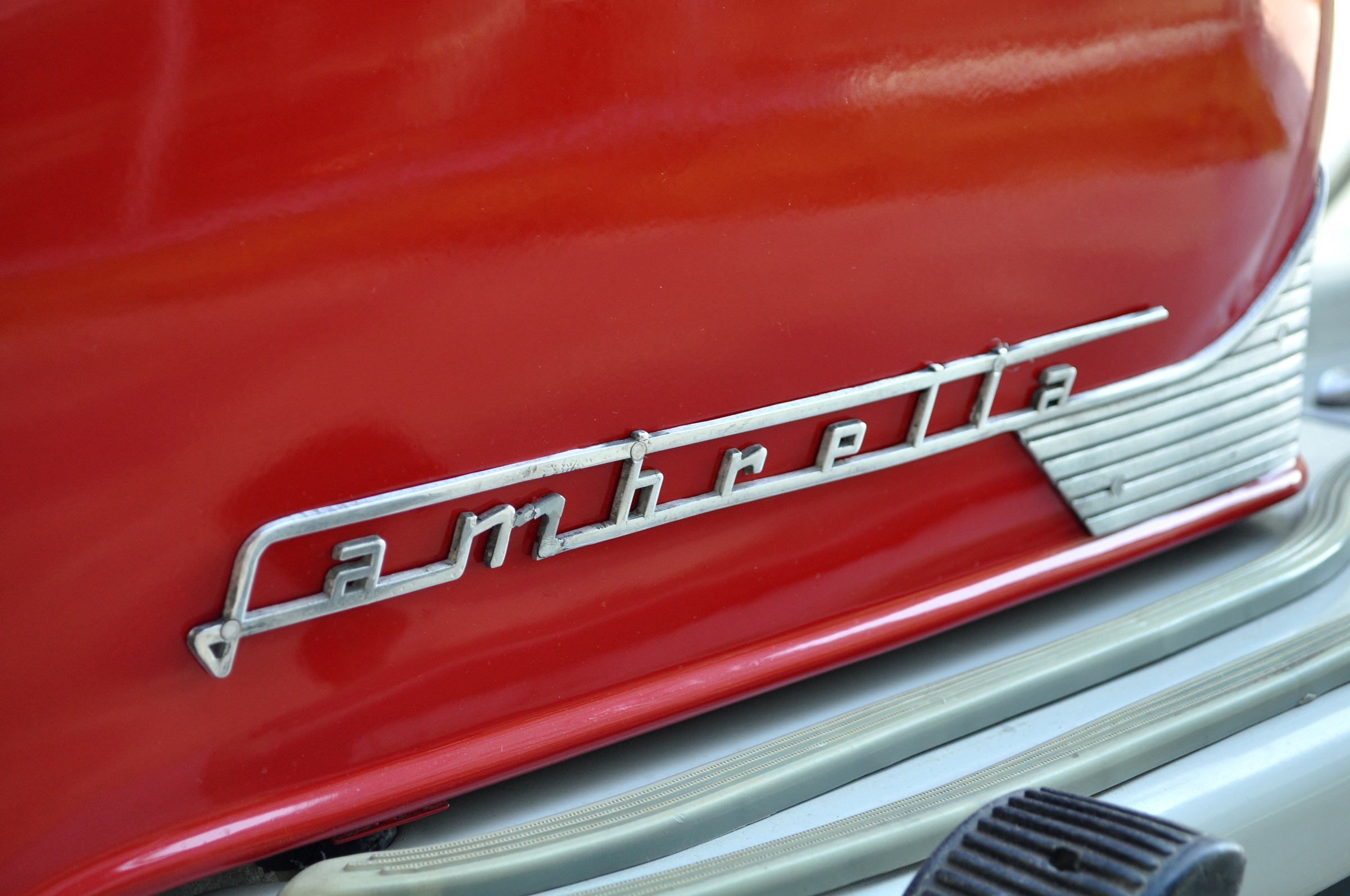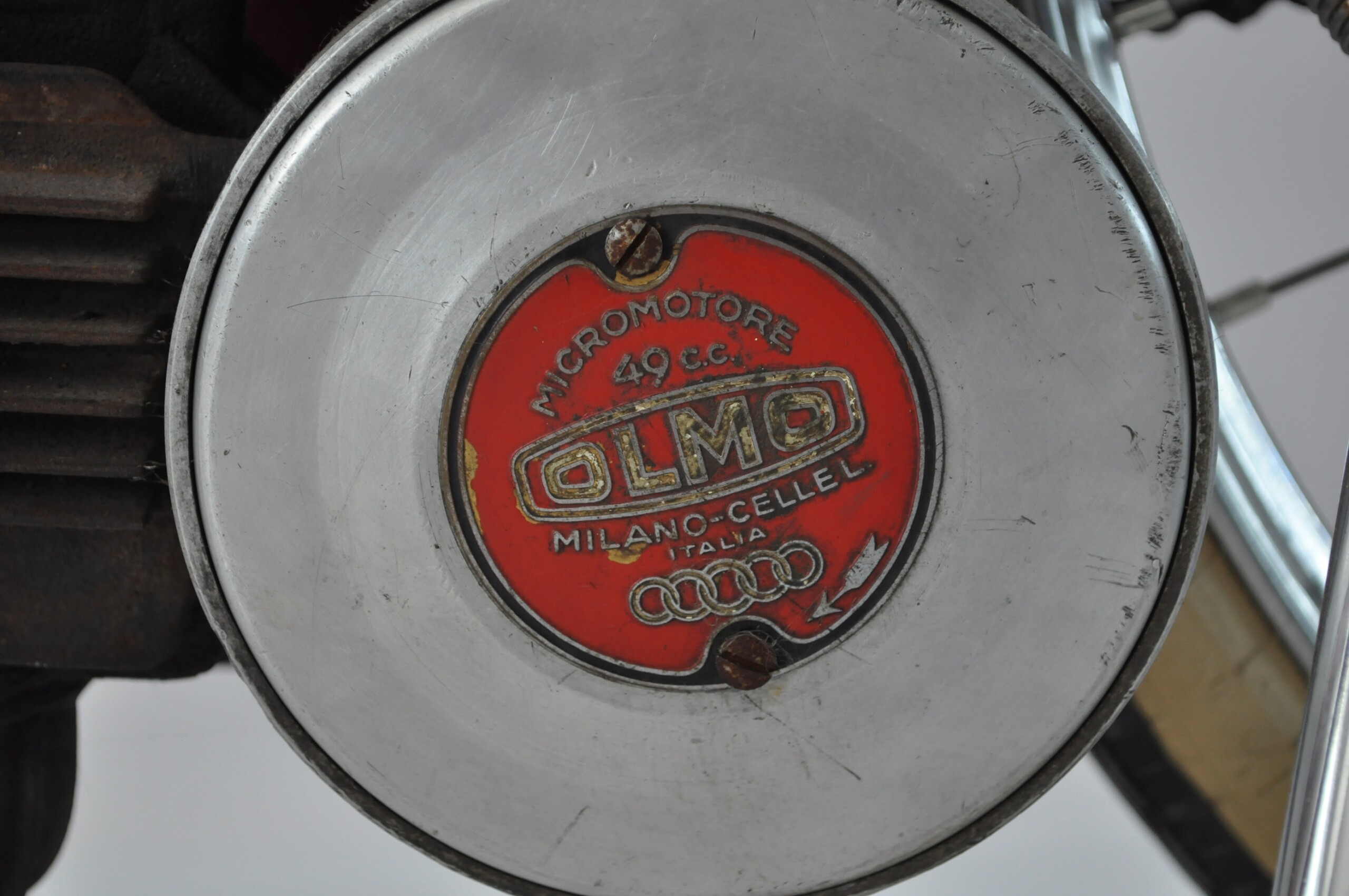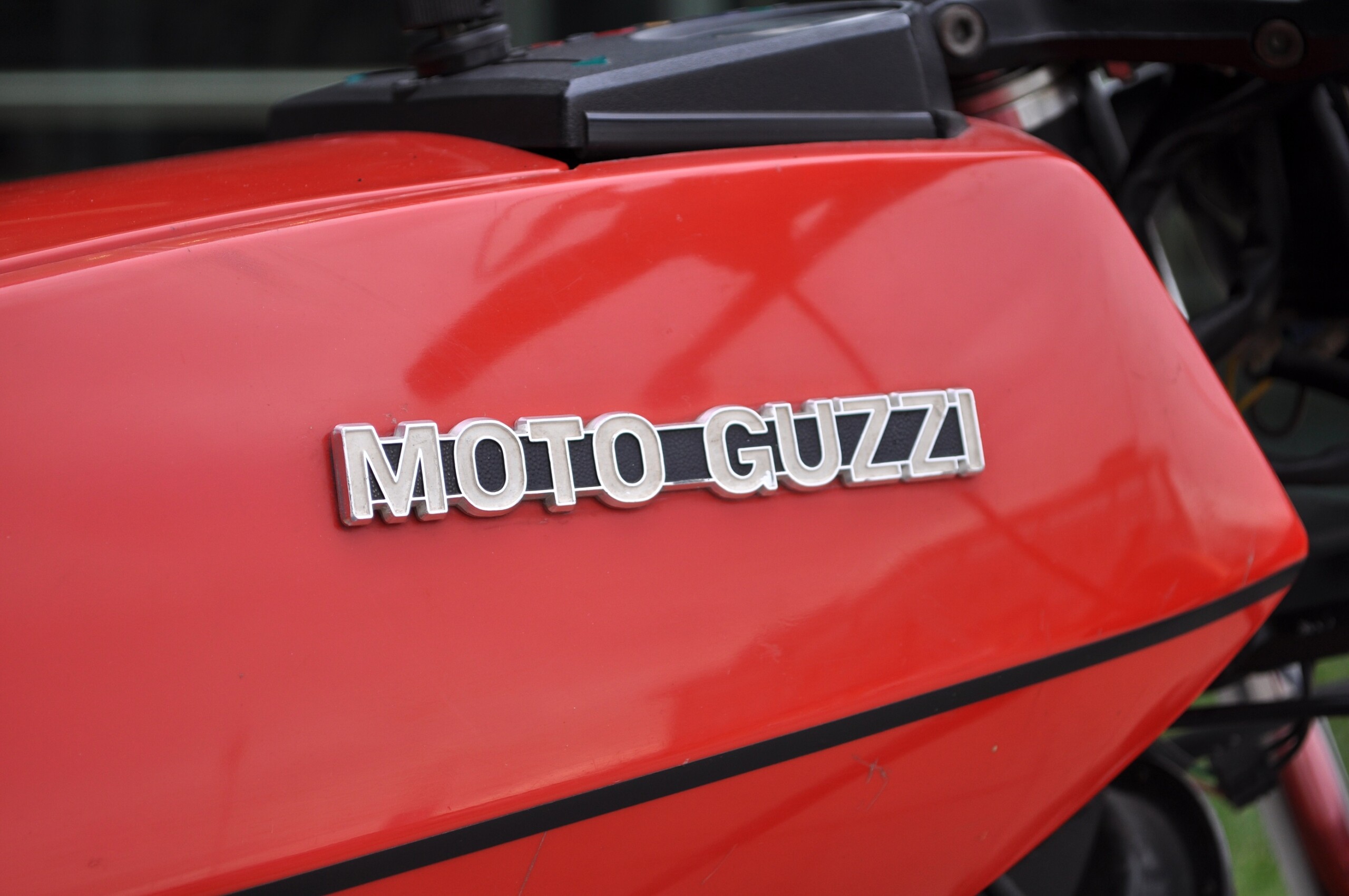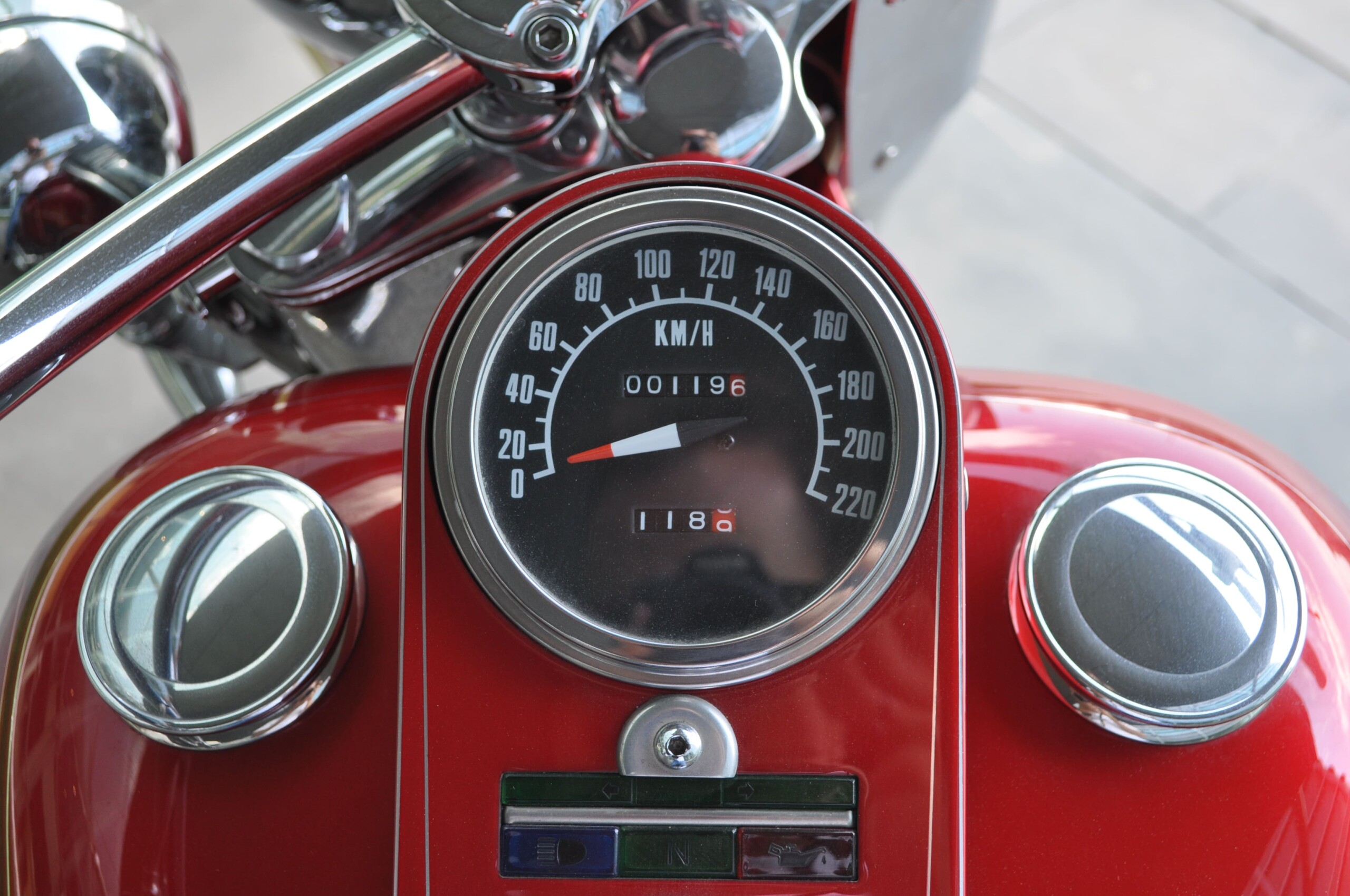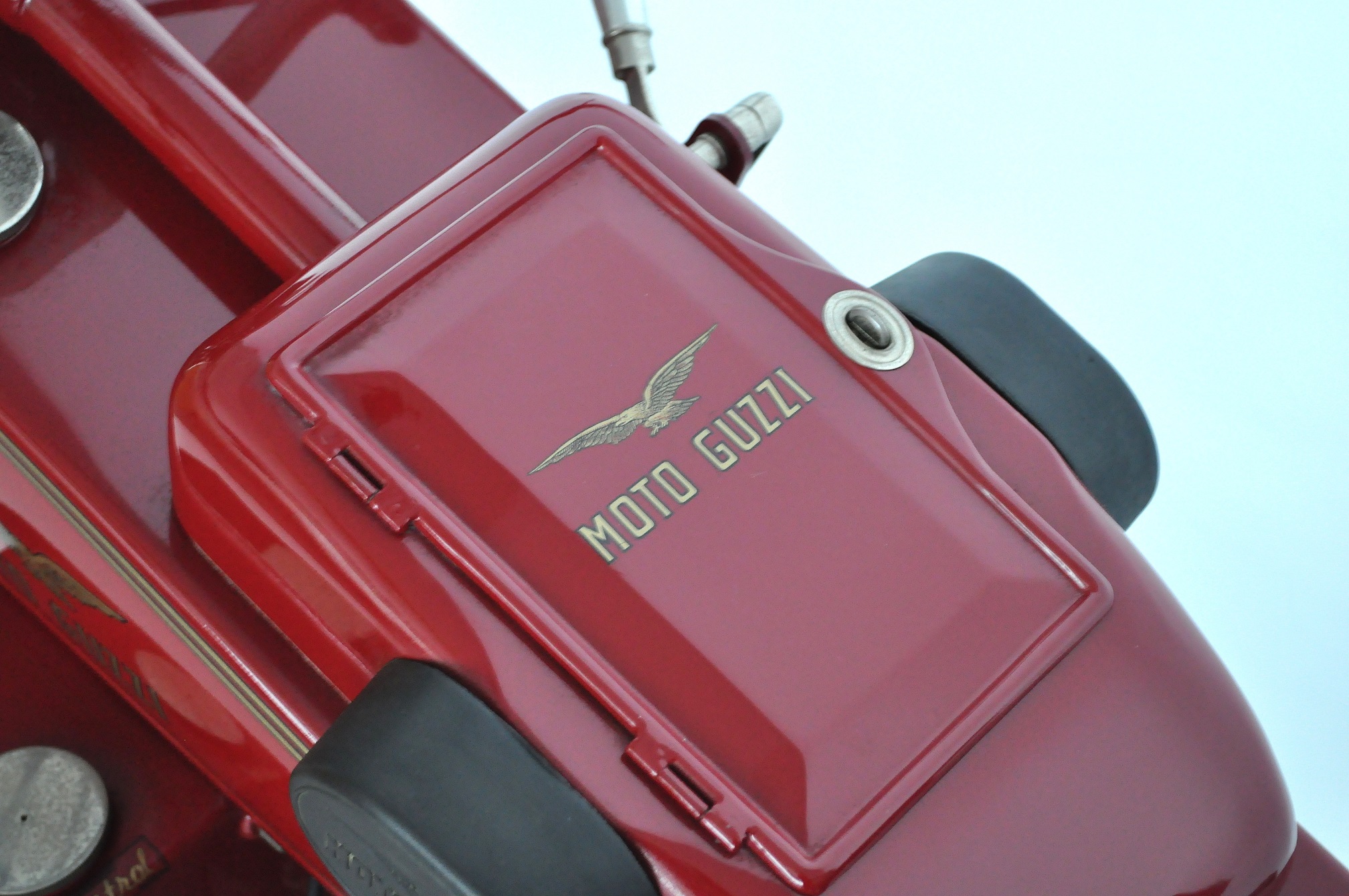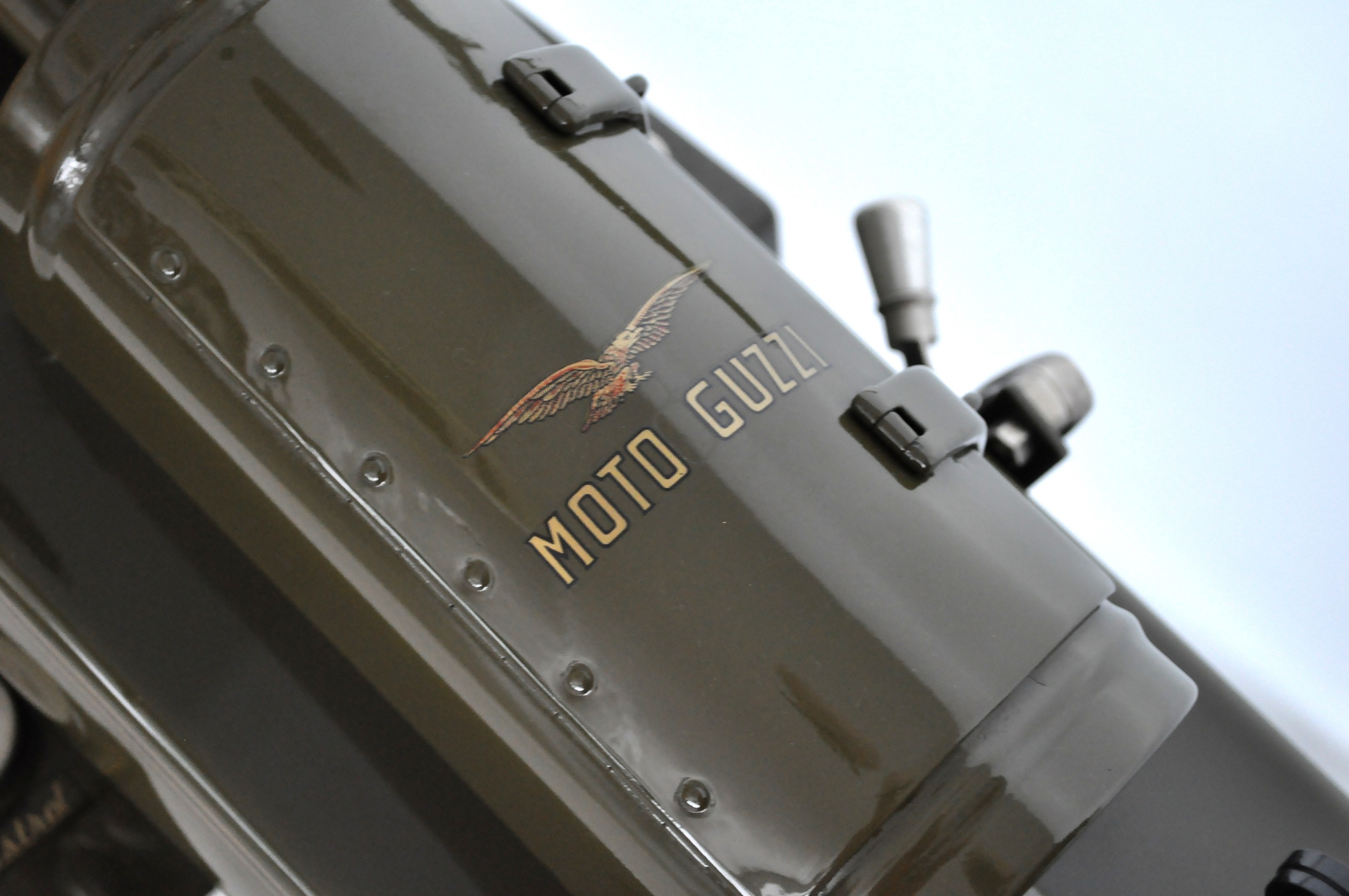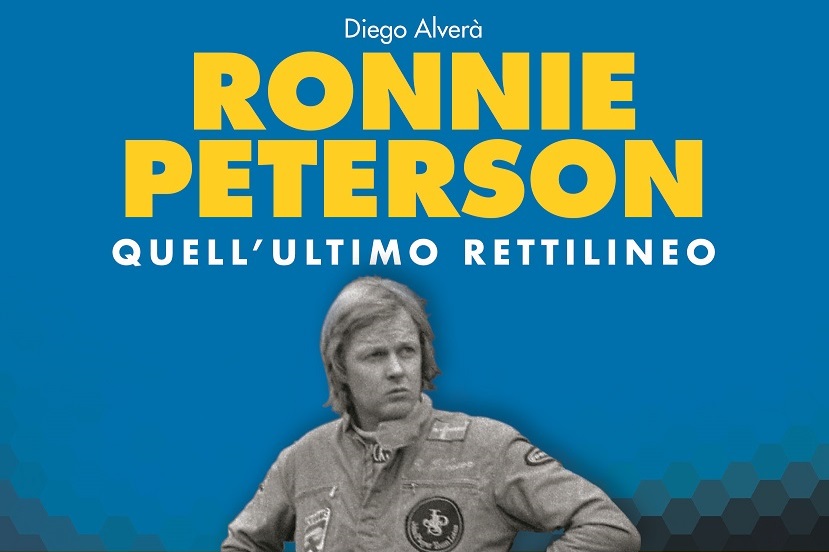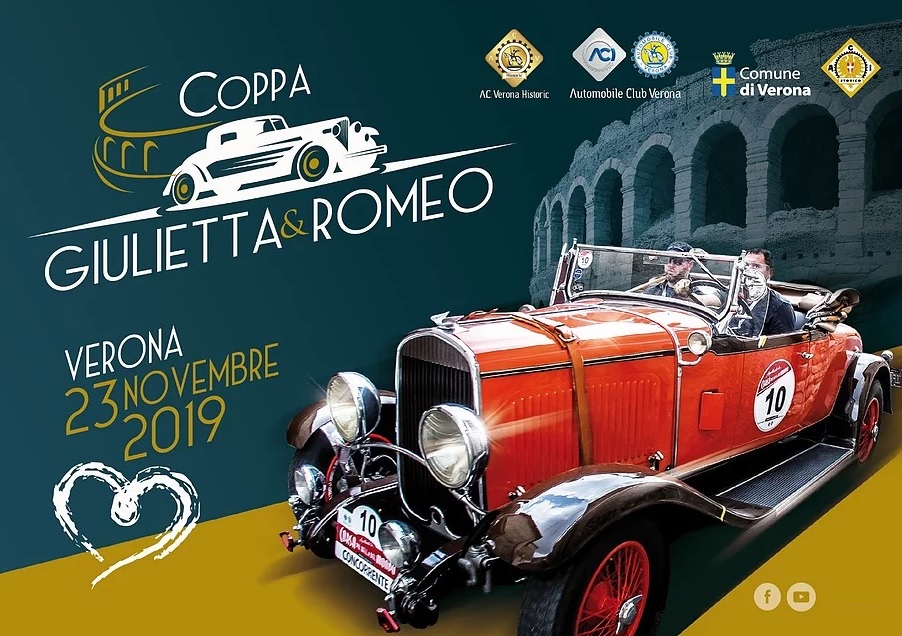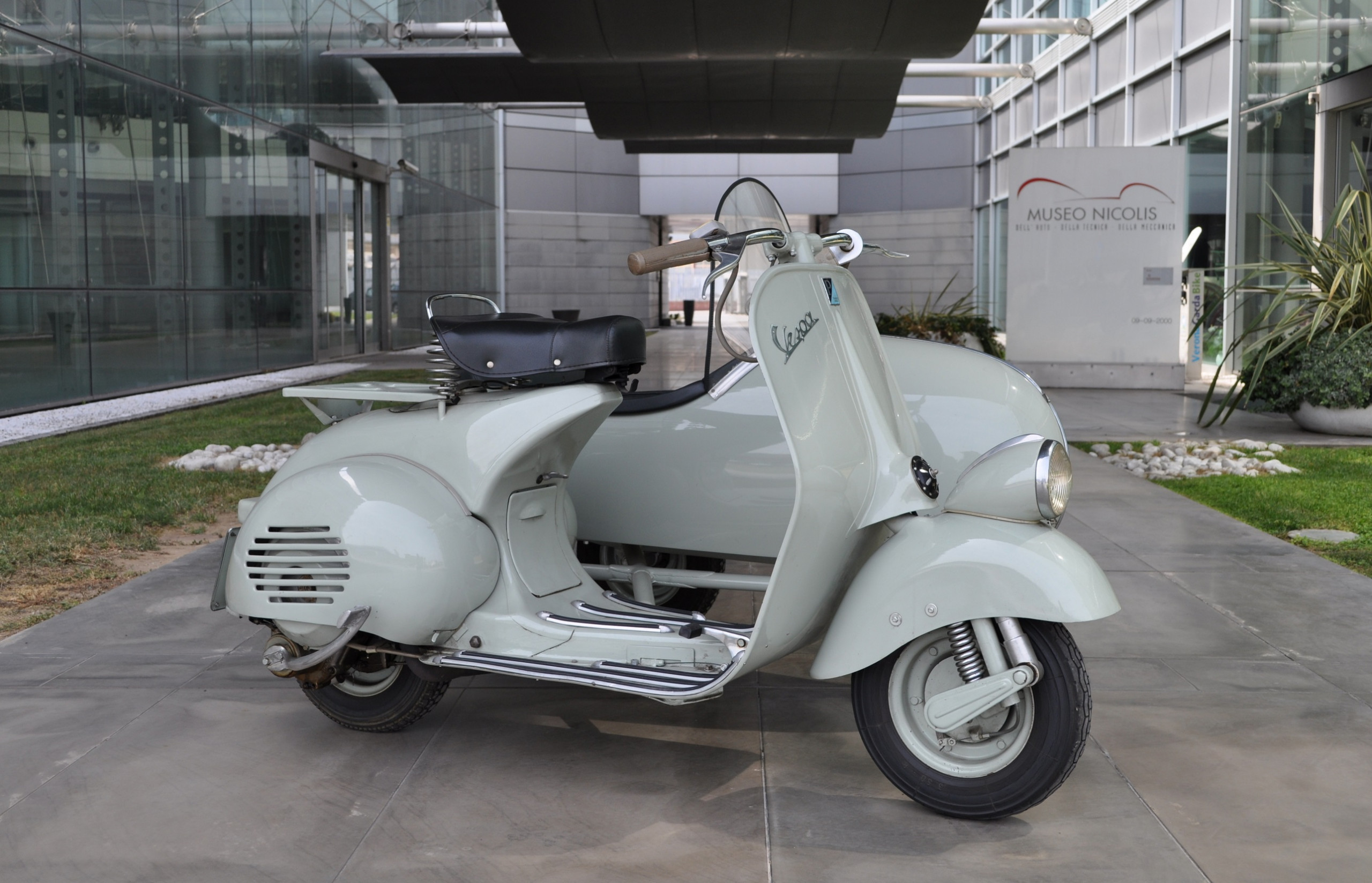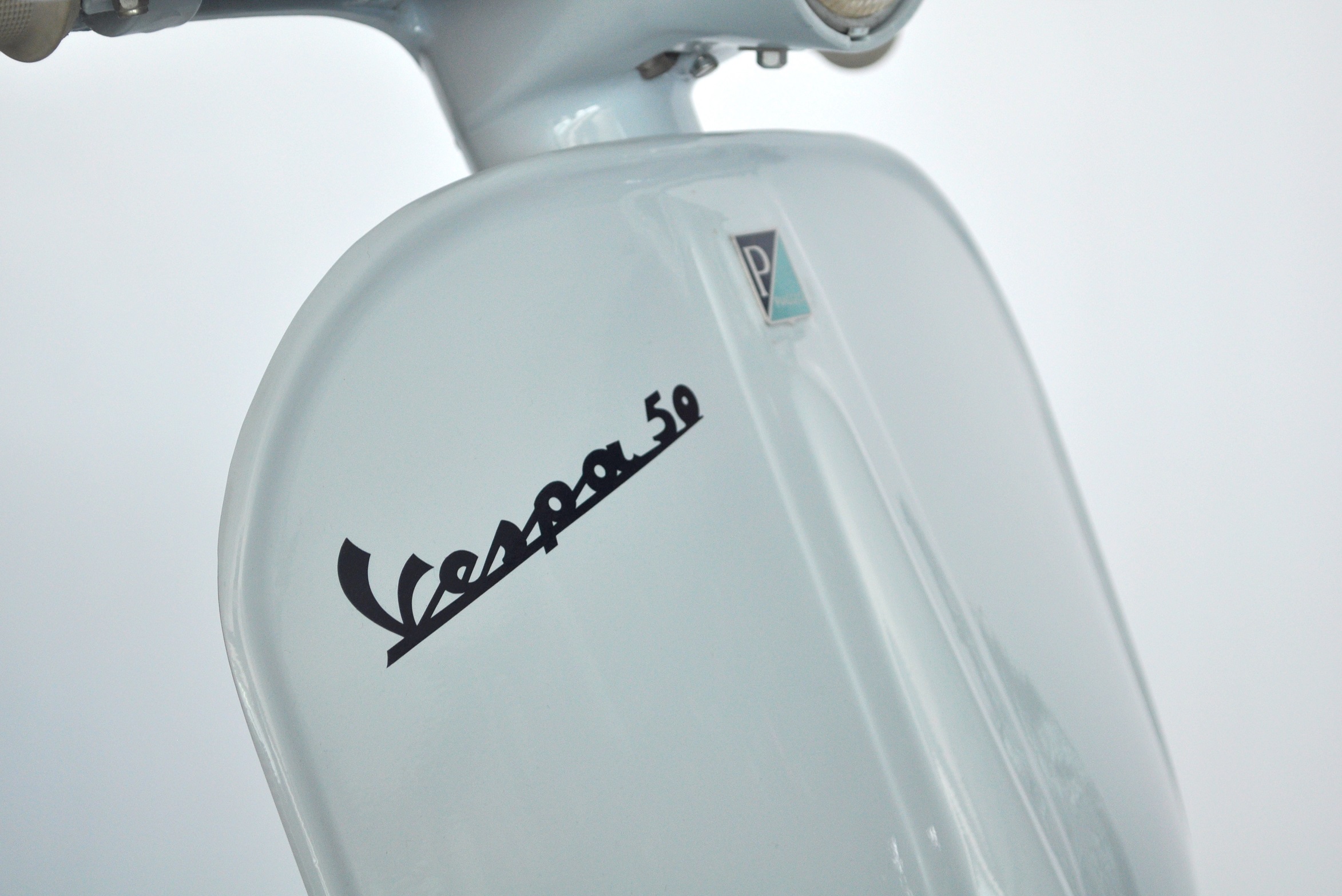Cartiere Saci celebrates the special milestone of 60 years at Museo Nicolis.
Year: 2019
Event, A.C. ChievoVerona
A.C. Chievo Verona celebrates 90 years in the Nicolis Museum.
Piaggio, 1972, Ciao R
Piaggio Ciao, 1972, Italy Produced for over 40 years in countless specimens, the Piaggio Ciao is a truly iconic moped. Characterized by a truly simple powerplant, the Ciao is powered by a small 2-stroke 50cc engine and the steel frame hides the fuel tank and recalls the lines of ladies bicycles. One of its strength is certainly the low weight, that translates into a...
Piaggio, 1979, Ciao SC
Piaggio Ciao SC, 1979, Italy Produced for over 40 years in countless specimens, the Piaggio Ciao is a truly iconic moped. Characterized by a truly simple powerplant, the Ciao is powered by a small 2-stroke 50cc engine and the steel frame hides the fuel tank and recalls the lines of ladies bicycles. One of its strength is certainly the low weight, that translates into...
Piaggio, 1990, Ciao P
Piaggio Ciao, 1990, Italy Produced for over 40 years in countless specimens, the Piaggio Ciao is a truly iconic moped. Characterized by a truly simple powerplant, the Ciao is powered by a small 2-stroke 50cc engine and the steel frame hides the fuel tank and recalls the lines of ladies bicycles. One of its strength is certainly the low weight, that translates into a...
Piaggio, 1995, Ciao P
Piaggio Ciao P, 1995, Italy Produced for over 40 years in countless specimens, the Piaggio Ciao is a truly iconic moped. Characterized by a truly simple powerplant, the Ciao is powered by a small 2-stroke 50cc engine and the steel frame hides the fuel tank and recalls the lines of ladies bicycles. One of its strength is certainly the low weight, that translates into...
Piaggio, 1983, Ciao PX
Piaggio Ciao, 1983, Italy Produced for over 40 years in countless specimens, the Piaggio Ciao is a truly iconic moped. Characterized by a truly simple powerplant, the Ciao is powered by a small 2-stroke 50cc engine and the steel frame hides the fuel tank and recalls the lines of ladies bicycles. One of its strength...
Evento, Zuegg
Merry Christmas Zuegg at the Museo Nicolis!
Italian Grand Prix Trophy,1988
September 11th, 1988 - Autodromo nazionale di Monza
Innocenti, 1969, Lambretta Lui
Innocenti Lambretta Lui 50 CL, 1969, Italy During the second half of the 60s the choice of making economical and practical vehicles was the best one to overcome the crysis of the motorcycle industry. In fact Piaggio unveiled the Ciao in 1967, a two-wheeler suitable for a large clientele thanks to its simplicity and exploitability. Innocenti...
Moto Negrini, 1960, 125 Sport
Moto Negrini 125 Sport, 1960, Italy Pietro Negrini started his bicycle company in Bologna in 1950. Soon the attention moved to light motorcycles and mopeds, popular vehicles at the time given the fact it was possible to drive them without license or plate from 14 years of age. Moto Negrini produced also export models for...
Innocenti, 1960, Lambretta 150 LI
Innocenti Lambretta 150 LI, 1960, Italy The Lambretta name comes from the Lambro river, which flowed near the Innocenti industries in the Lambrate district of Milan. It was produced from 1947 to 1972 and the enormous success crossed national borders, being built under license in Germany (by NSU), Great Britain, Argentina, Brazil, Chile, India and Spain....
Ducati Meccanica, 1957, Sport 175
Ducati Meccanica “Sport 175”, 1957, Italy After the commercial success of the Cucciolo, Ducati in the mid-50s had higher ambitions and aimed to win the races on city circuits such as the Motogiro or the Milano-Taranto, always crucial for sales. In this period the young engineer Fabio Taglioni comes to the company after the experience...
Innocenti, 1960, Lambretta 125 LI
Innocenti Lambretta 125 LI, 1960, Italy The Lambretta name comes from the Lambro river, which flowed near the Innocenti industries in the Lambrate district of Milan. It was produced from 1947 to 1972 and the enormous success crossed national borders, being built under license in Germany (by NSU), Great Britain, Argentina, Brazil, Chile, India and Spain. Unlike the Vespa, which had a monocoque chassis, the...
Olmo, 1955
Olmo moped, after 1955, Italy Sold at the price of 70.000 Lire, you could add a speedometer for 2500 more. With a top speed of 35 kph, the Olmo could travel for 80 kilometers with just one liter of petrol. TECHNICAL DATA Silver and pink color scheme Chromed tank and plastic rearview mirrors Roller-drive with...
Moto Guzzi, 1980, 254
Moto Guzzi 254, 1980, Italy Sold also as Benelli 250 Quattro, the Moto Guzzi 254 was born from the idea of the new dynamic CEO of the two companies Alejandro De Tomaso, who imagined a small superbike to sell in the european market, exploiting the tax reliefs of many countries for motorcycles under 250cc of...
Harley-Davidson FLSTC Heritage Softail Classic “H-Paradise”, 1994
Harley-Davidson FLSTC Heritage Softail Classic “H-Paradise”, 1994, USA Launched in 1986, the Heritage Softail Classic is a motorcycle whose style and lines are inspired by the 1958 Duo Glide, reintroducing the faired headlamp, the 16″ front wheel and the enveloping fenders. The frame, introduced few years before, is the so-called Softail that by hiding the...
Moto Agostini, 2000, Moto Guzzi GT Norge (replica)
Moto Guzzi GT Norge (replica by Moto Agostini), 2000, Italy The bike kept in the museum is the replica of a Moto Guzzi GT Norge, built in the late 20s. Also known as “the bike of the feat” the Moto Guzzi GT was the protagonist of a successful raid done by Giuseppe Guzzi in 1928,...
Moto Agostini, 2000, Moto Guzzi Normale (replica)
Moto Guzzi Normale (replica by Moto Agostini), 2000, Italy The bike kept in the museum is the replica of a Moto Guzzi modello Normale, the first motorcycle built in series by the company from 1921 to 1924. The Normale derived from the prototype G.P. 500, replacing the sophisticated 4-valve overhead camshaft with a more robust...
Event, Bergen by Must-in
Bergen chooses the Nicolis Museum to celebrate 50 years of history.
Event, Ronnie Peterson, Museo Nicolis.
Diego alverà at Nicolis Museum
Race, Coppa Giulietta&Romeo, ACI Verona.
100 cars for Romeo & Juliet
Talk Show, A regola d’arte, IUSVE Verona.
Week of industrial culture
Debut, Mascot “Freccia”, Museo Nicolis.
The debut of Freccia
Piaggio, 1953, Vespa with Sidecar
Piaggio Vespa with sidecar, 1953, Italy The Piaggio Sidecar was the first introduced in 1948, designed by Corrado d’Ascanio himself. D’Ascanio introduces a single arm sidecar fixing system, a solution never used before by any other manufacturer on the world scene that helps to make the vehicle even more elegant. Fixing the sidecar could be done...
B2B, Mirabilia Network, Matera.
VIII EDITION OF THE CULTURAL TOURISM EXCHANGE and IV EDITION OF THE FOOD & DRINK STOCK MARKET
B2B, Art Cities Exchange, Rome.
Museo Nicolis at 21st Edition of Art Cities Exchange.
Piaggio, 1966, Vespa 50 N
Piaggio, Vespa 50 N, 1966, Italy In 1963 the first Vespa 50 was produced, which immediately achieved enormous success, especially among the youngest: it can in fact be driven without a license plate and without a license even by 14-year-olds. The same advertising campaign is aimed at the very young with the slogan “Young, modern...


